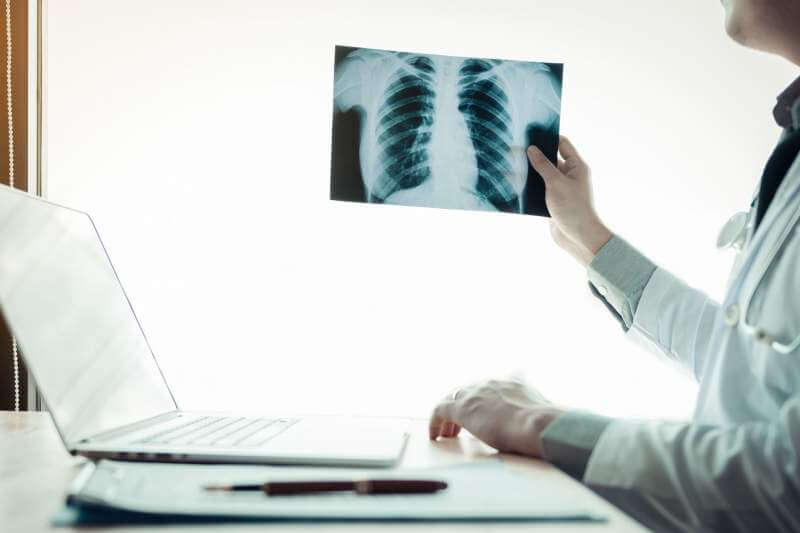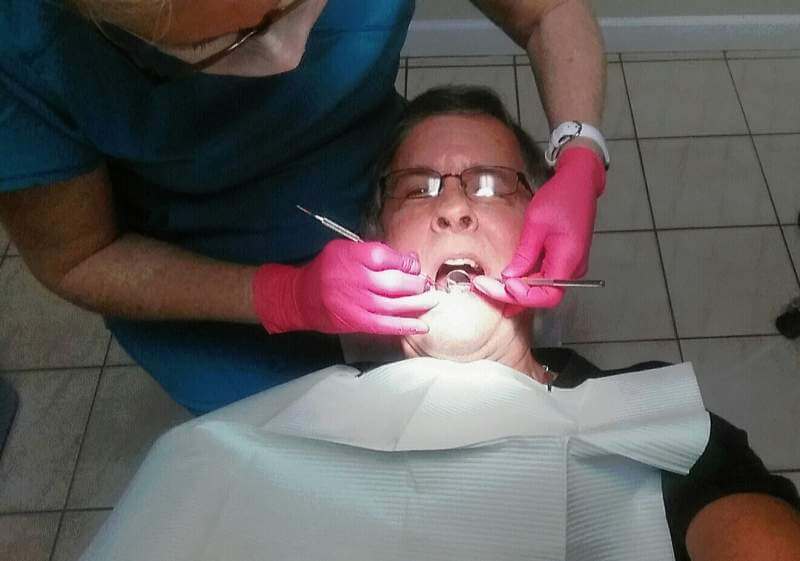Medical technology advances so quickly that it can be difficult to keep up with all the new techniques, strategies, and procedures for treating patients. These are what we’ll explore in this article, so we hope you’ll find it as engaging as we do.
There is no ranking here, especially since these categories tend to intersect. Nor is this an exclusive list. With the massive amount of innovation taking place in medicine and healthcare, this list might go on forever.
Medical Technology at the End of the 2010s: 7 Examples of Innovation
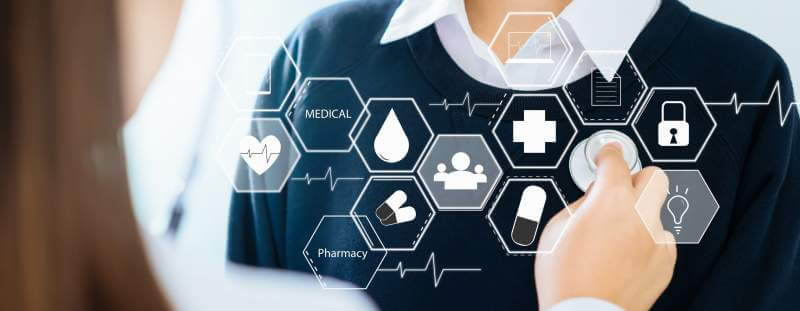 It is important to point out at the start that the items discussed here fall into two main, and overlapping, categories:
It is important to point out at the start that the items discussed here fall into two main, and overlapping, categories:
- Innovations that could be considered direct interventions such as those affecting medical procedures or new healthcare therapies
- Innovations that affect the organizational structure and systems for providing medical care since these are needed to ensure that the direct interventions will actually reach–and help–those who need them
The first innovation we’ll look at might be pretty low-tech; however, we see it as a probable beneficiary of other technologies and structural improvements discussed here.
Comprehensive Care
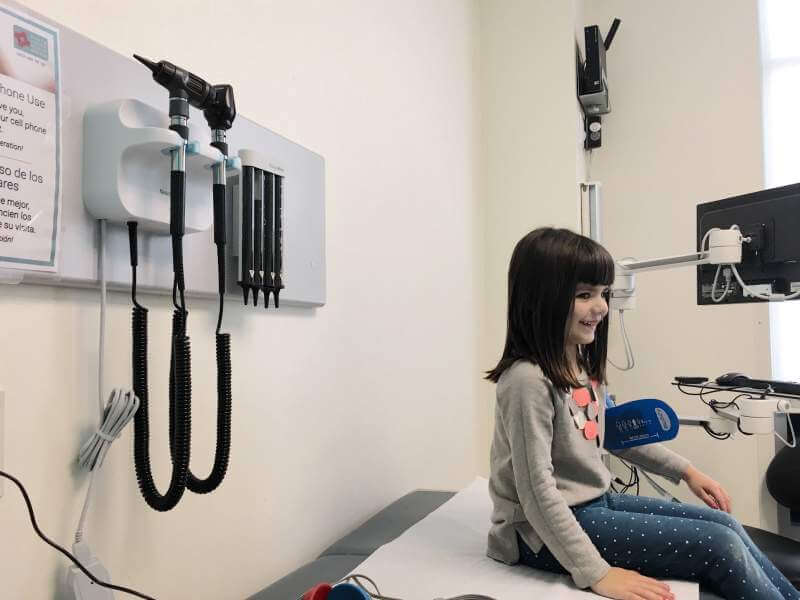 Anyone with one or more chronic health conditions to manage knows how frustrating and discouraging it can be to get the health care they need while working with disparate care providers, none of whom knows the patient well at all.
Anyone with one or more chronic health conditions to manage knows how frustrating and discouraging it can be to get the health care they need while working with disparate care providers, none of whom knows the patient well at all.
Unless patients in this situation are well-educated, assertive, and entrepreneurial, the often contradictory messages– which show little regard for the patient’s specific needs and circumstances–will only cause harm.
The rise of the comprehensive care physician (CCP), pioneered recently at the University of Chicago, seeks to change this situation, particularly in the case of patients needing frequent and consistent healthcare. The model is explained as follows:
“The same physician provides care for patients in the clinic as well as in the hospital… The CCPs also lead a team of nurse practitioners, social workers, care coordinators and other specialists selected for their ability to address the needs of high-risk patients.”
Telemedicine and Telehealth
 What is telemedicine?
What is telemedicine?
Both telemedicine and telehealth refer to the use of distance communication technology to care for patients for whom travel might be difficult due to distance from caregivers and/or personal barriers such as debilitating health conditions.
While these two terms are often used interchangeable, telemedicine is actually a subcomponent of telehealth.
Telehealth deals with larger issues of public health and encompasses all health services delivered through telecommunications technology. Telemedicine refers to individual clinical services, most often involving one patient and one caregiver.
Two situations in which these types of medicine have proved helpful are with patients living in geographically isolated areas and elderly patients who find it difficult to travel even relatively short distances.
Blockchain
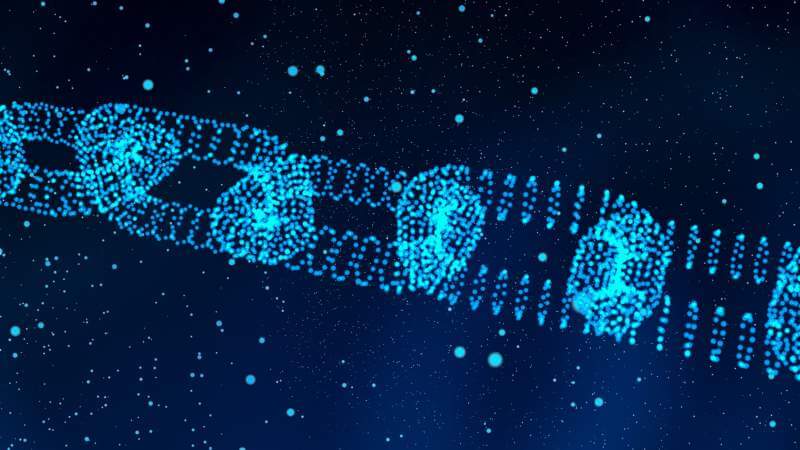 “Blockchain technology has the potential to transform health care, placing the patient at the center of the health care ecosystem and increasing the security, privacy, and interoperability of health data.”
“Blockchain technology has the potential to transform health care, placing the patient at the center of the health care ecosystem and increasing the security, privacy, and interoperability of health data.”
The concept of interoperability is key to blockchain. The concept depends on a network that enables “trustless collaboration” in a fully secured and tracked information environment.
Needless to say, this could solve a lot of structural and communication issues in the global medical community, not to mention within any given medium-to-large medical facility.
The Internet of (Medical) Things
 The Internet of Things refers to “the interconnection via the Internet of computing devices embedded in everyday objects, enabling them to send and receive data.” change “computing devices” to “medical devices” and you understand this term.
The Internet of Things refers to “the interconnection via the Internet of computing devices embedded in everyday objects, enabling them to send and receive data.” change “computing devices” to “medical devices” and you understand this term.
There’s more, though. The Internet of Medical Things is about interconnecting devices to enable the sharing of medical records and other vital information to allow a patient’s case and prior care to be “portable” from one provider to another.
Plus, the IoMT can assimilate information directly from the diagnostic devices and practitioner notes that feed those records, thereby preventing errors due to, for example, a patient being expected to recall minute details of her medical history.
Artificial Intelligence (AI) and Machine Learning
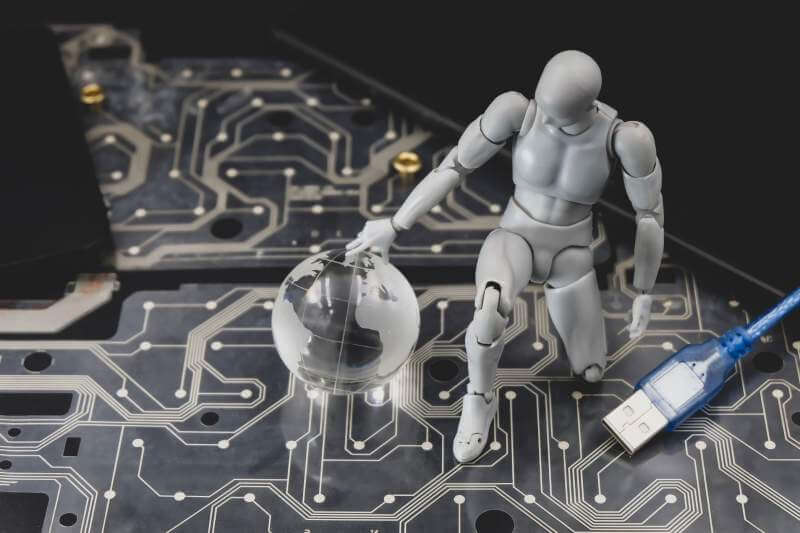 AI is “‘the study and design of intelligent agents’ where an intelligent agent is a system that perceives its environment and takes actions which maximizes its chances of success.”
AI is “‘the study and design of intelligent agents’ where an intelligent agent is a system that perceives its environment and takes actions which maximizes its chances of success.”
We believe there are few places better suited to this functional drive than a healthcare environment, particularly a large and complex one, where the flow of problems to solve is continual and a lot is at stake.
AI, coupled with the IoMT, can lead to an array of intelligent machines capable of accessing virtually any information they need to perform some sort of diagnostic task.
3D Printing and Artificial Body Parts
 3D printing has been something of a game-changer in fabricating and perfecting medical devices such as surgical tools. Rather than gather specs and refinement requests and send them off to a manufacturer, this now can be done in-house.
3D printing has been something of a game-changer in fabricating and perfecting medical devices such as surgical tools. Rather than gather specs and refinement requests and send them off to a manufacturer, this now can be done in-house.
“Within a matter of hours it is possible to iterate the design of a medical tool based on direct feedback from the surgeon who will use it and print a new model for assessment.”
Moreover, it is now possible (though very much still in the experimental phase) to replicate human body parts through the creation of both musculoskeletal prostheses and artificial organs for transplantation/implantation.
Robotic Surgery
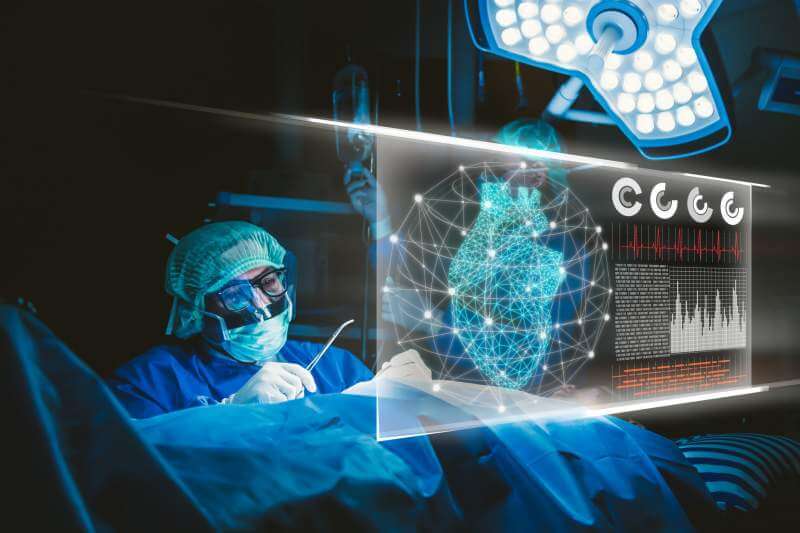 The use of robotics for surgery is based on the same precision engineering principles used in automobile assembly. A typical robotic procedure involves at least two human surgeons along with other operating room staff.
The use of robotics for surgery is based on the same precision engineering principles used in automobile assembly. A typical robotic procedure involves at least two human surgeons along with other operating room staff.
One surgeon sits at a computer console monitoring a live 3D image of the ongoing procedure and controlling the robot, while the other oversees suction, retraction, exposure of the surgical site, and the tools the robot is handling at a given point.
“Surgeons who use the robotic system find that for many procedures it enhances precision, flexibility and control during the operation and allows them to better see the site, compared with traditional techniques.”
The End of an Era?
 Some people say that the proliferation of new medical technology we’re witnessing marks the end of an era: the era of the benevolent and dedicated human physician. Maybe they’re thinking of TV’s fictional Marcus Welby?
Some people say that the proliferation of new medical technology we’re witnessing marks the end of an era: the era of the benevolent and dedicated human physician. Maybe they’re thinking of TV’s fictional Marcus Welby?
For our part, we think this type of physician (who still exists in many ways) entered the medical-industrial complex along with the rest of us a few decades ago.
Few of us wanted to see the “old system” of healthcare go away; however, most of us also want to have all the latest medical breakthroughs available whenever we might need them. It’s hard to “have our cake and eat it too.”
Let’s hope these new technologies will help resolve some of the structural obstacles and sense of overwhelm surrounding the healthcare community writ large. What’s the sense of innovations if they don’t reach those they’re meant to help?
By the way, if you found the topic of this article thought-provoking, why not leave us a comment and start a discussion about it?



